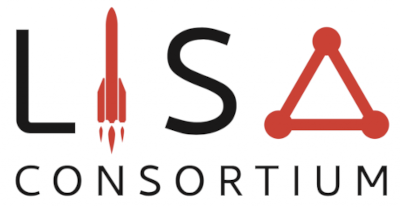Speaker
Description
Next-generation gravitational wave detectors hold the capability to track unresolved gravitational waves bundled into a stochastic background. This composite background contains cosmological and astrophysical contributions, the exploration of which offers promising avenues for groundbreaking new insights into very early universe cosmology as well as late-time structure formation. However, such signatures will be entangled and mixed with instrumental noise & artefacts, making a robust component separation a particularly challenging task, and the object of an intense research effort from the community. A promising diagnostic tool for identifying the origin of SGWB signals bases on exploiting kinematic anisotropies, that is, the deformations of the SGWB angular distribution induced by the observer motion w.r.t. CMB rest frame. Detection by LISA of such Doppler modulation may act as a smoking-gun for an extragalactic background imprint. This presentation is dedicated to exploring the capability of such detection with LISA and to associated data analysis techniques.
In this talk, I will present the results of our recent publication [arXiv:2401.14849], and I will extend to potential further work and improvements. We have developed a full end-to-end pipeline for the extraction of extra-galactic signals, based on kinematic anisotropies arising from the galactic motion, via full-time-domain simulations of LISA's response to the gravitational wave anisotropic sky. Employing a Markov-Chain-Monte-Carlo map-making scheme, multipoles up to $\ell=2$ are recovered for scale-free spectra that support an interpretation as signals originating from cosmic strings in the case of a high signal-to-noise ratio. We demonstrate that our analysis is consistently beating sample variance and is robust against statistical and systematic errors. The impact of instrumental noise on the extraction of kinematic anisotropies is investigated, we establish a detection threshold of $\Omega_{GW}\gtrsim 5\times 10^{-8}$ (scale-free) in the presence of instrument-induced noise.
